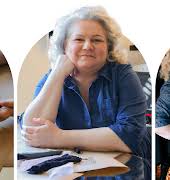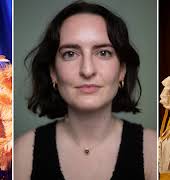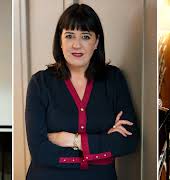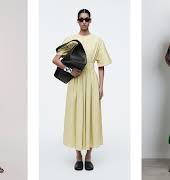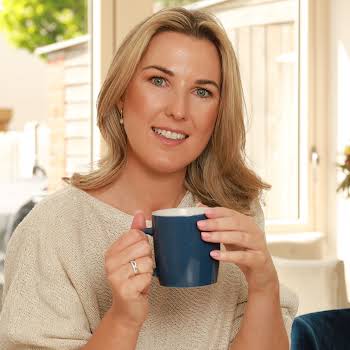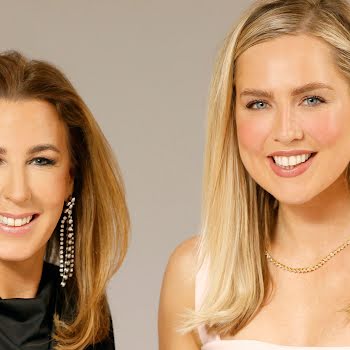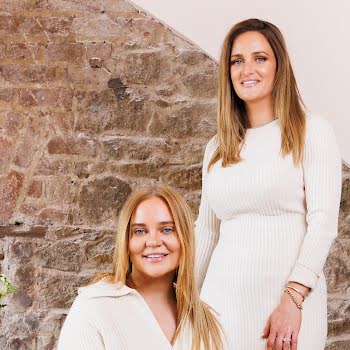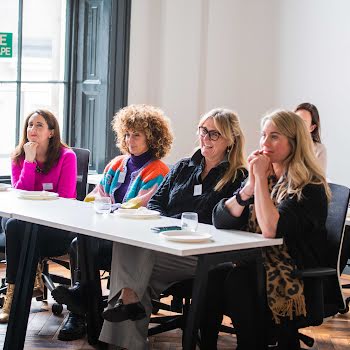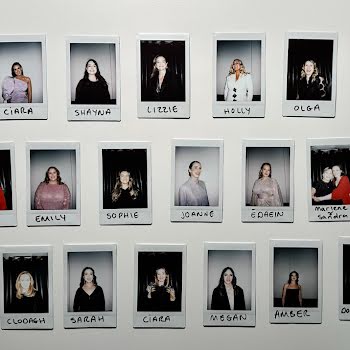Sponsored
Claudia Goldin wins Nobel economics prize for work on gender pay gap
Sponsored By

By Leonie Corcoran
10th Oct 2023
10th Oct 2023
Sponsored By

Claudia Goldin’s wide-ranging work has delved into the causes of the gender wage gap and the evolution of women’s participation in the labour market.
Claudia Goldin, a professor at Harvard university, has won the Nobel Memorial Prize in Economic Sciences for advancing the world’s understanding of the evolution of women’s participation in the labour market.
Dr Goldin is the third woman to have won the economics Nobel, officially known as the Sveriges Riksbank Prize in Economic Sciences in memory of Alfred Nobel, which was first awarded in 1969. The other female winners, Elinor Ostrom and Esther Duflo, shared the prize in 2009 and 2019 respectively. Dr Goldin is the first woman to be honored with it solo.
Born in New York in 1946, Dr Goldin has long been a trailblazer in the field and she was the first woman to be offered tenure in Harvard’s economics department in 1989. Her wide-ranging work has delved into the causes of the gender wage gap; the evolution of women’s participation in the job market over the past 200 years; and the implications for the future of the labour force.
The Nobel committee praised Dr Goldin for her research on female employment, which showed that employment among married women decreased in the 1800s, as the economy moved away from agriculture and toward industry. Women’s participation then increased in the 1900s, as the service sector began to expand as a part of the economy.
The committee awarding the prize said she had “provided the first comprehensive account of women’s earnings and labour market outcomes throughout the centuries”, revealing the main causes of change and the main sources of the remaining gender gap.
‘A detective’
Randi Hjalmarsson, a member of the committee, said Dr Goldin had combined the tools of a labour market economist with those used by economic historians to chart how female employment in the US evolved over more than 200 years, as a largely agricultural economy developed into an industrial and then an office-based society. “She had to be a detective,” Hjalmarsson said, describing how she had uncovered and interpreted new sources of data for periods in which women’s occupations and earnings often went unrecorded, showing that their employment rate was much higher than shown in censuses. Hjalmarsson went on to say, “Claudia Goldin’s discoveries have vast societal implications”.
Birth control
Dr Goldin described the 1970s in particular as a “revolutionary period” in which women in the United States began to marry later, take strides in higher education, and make major progress in the labour market. Birth control pills became more easily available in those years, taking away what Dr Goldin has called a “potent” reason for early marriage and giving women more time to form identities outside of the home. In a key study she conducted, co-authored with her husband Lawrence Katz, she showed how the introduction of the pill at different times in different US states led women to plan and invest in their careers.
She has also shown how the process of closing the gender wage gap has been uneven over the course of history and recently, progress in closing it has been halting.
First baby
She found that women’s participation in paid employment did not increase steadily over time, or in line with economic growth, but formed a U-shaped curve. Almost 60% of married and older women in Philadelphia were in work at the end of the 18th century – including those in agriculture, cottage industries and in the home – but this proportion dropped over the next century as it became harder to combine work in factories with family duties.
In a 15-year study of business school students at the University of Chicago, Dr Goldin and her colleagues found in one paper that the gap in pay started to widen a year or two after a woman had her first baby.
In the 20th century, progress in closing the gender gap for employment and earnings was “slow and sporadic”, Dr Goldin found while demonstrating that these trends were primarily owing to changes in the employment of married women.
In the past, gender wage gaps could be explained by education and occupation. However, her research has shown that most of the earnings difference is now between men and women in the same jobs, according to the Nobel committee.
Dr Goldin has just released a new working paper this month, titled Why Women Won, on why women made such great advances in the 1970s, and why that progress has hit roadblocks in the years since.
‘Couple equity’
In an interview, she said she hoped people would take away from her work how important long-term changes are to understanding the labour market. “We see a residue of history around us,” she said, explaining that societal and family structures that women and men grow up in shape their behaviour and economic outcomes.
“We’re never going to have gender equality until we also have couple equity,” she said. While there has been “monumental progressive change, at the same time there are important differences” which often tie back to women doing more work in the home.
According to the New York Times, she was asleep when the call informing her of the prize came in — she had gotten up earlier to let the dog out but had gone back to bed. She said that she was “delighted.”
‘Greedy jobs’
At global level, around 50% of women work compared with 80% of men. In parts of South Asia, the Middle East and north Africa, the gaps are wider. Over the past century, the share of women who work has tripled in many high income countries, but women continue to earn less than men on average and occupy fewer of the top jobs.
In Dr Goldin’s most recent book, Career and Family, she puts this down to a phenomenon of “greedy jobs”, where people willing to put in unpredictable long hours can command higher hourly pay, while those who choose to be “on call” for parental duties pay a career penalty. In Ireland the gender pay gap, which is the difference in the average hourly pay of women compared to men, is suggested to be an average of 14% by equality campaigners.
According Eurostat data, it stands at 9.9% on average though those figures are from 2020 and later figures are not available. Across the EU, the largest part of the gap cannot be linked to factors such as education, occupation or working time and is said to be “unexplained”. New legislation, under the Gender Pay Gap Information Act, brought in in December 2022 means organisations with 250 employees or more must by law publish a report in a “publicly accessible way” every year showing how they pay men and women. In 2024, these obligations will extend to employers with over 150 employees and in 2025, to employers with over 50 employees.
According to an analysis by the Irish Independent and consultants from PwC earlier this year, the largest firms in Ireland paid women between 12.3% and 12.6% less than men on average last year. When it comes to bonus payments, the gap was almost twice as large, in favour of men. The 2022 data showed the gaps were widest in traditionally male-dominated sectors such as construction, law and finance, and lowest in retail, health and charity organisations.
A recent article for IMAGE Business Club members highlighted “Ireland’s motherhood penalty” which sees single mothers being less likely than single fathers to successfully navigate salary negotiations.


